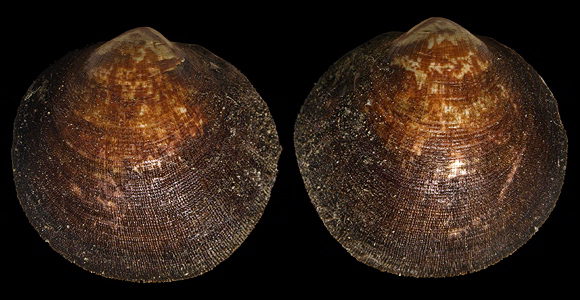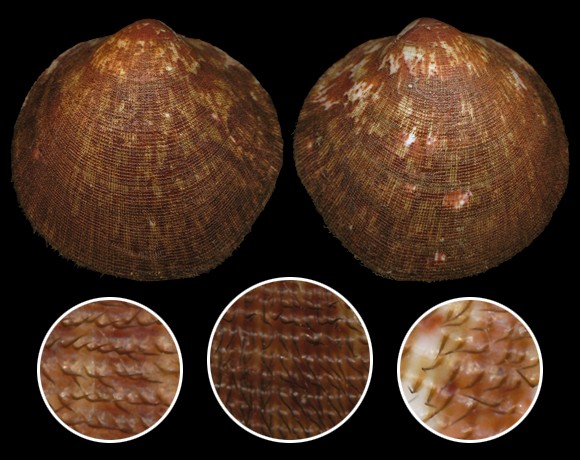
Mediterranean & adjacent waters, on sandy bottoms from extreme low tide to a few fathoms deep. Possibly also in English Channel and Irish Sea, where some populations of dog-cockles, sometimes confused with Gl. glycymeris (Linnaeus, 1758) but clearly different from this species, sometimes labelled “pilosa”, do exist in the British Isles and along the coast of northern Brittany, where they can be collected on low intertidal sand banks.
Original taxon: Arca pilosa.
Above and below: 8m deep, on sand, Plaka beach, northern end of Elounda bay, Kolpos Mirabellou, Lasithi, N. Crete. The species often shows a very dense periostracum, giving the surface a cancellate aspect. 46,5mm.
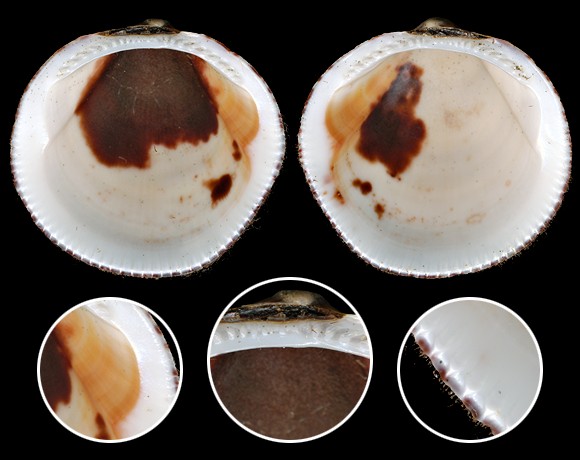
An other feature, constant and strongly marked in pilosa, occasional and weak in glycymeris or bimaculata, is the presence of large purple-chocolate blotches inside.
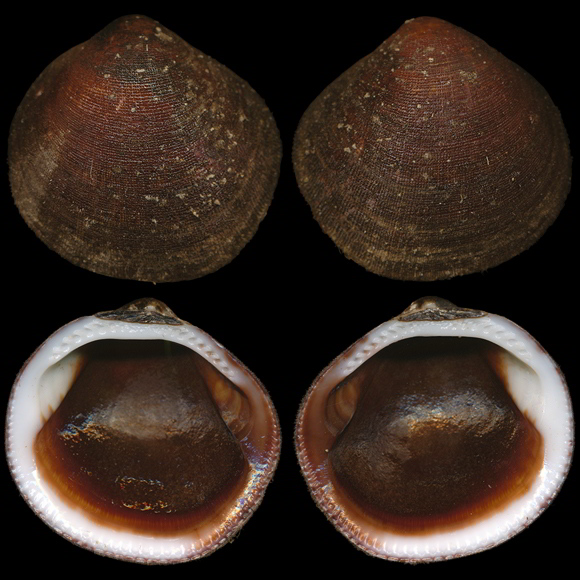
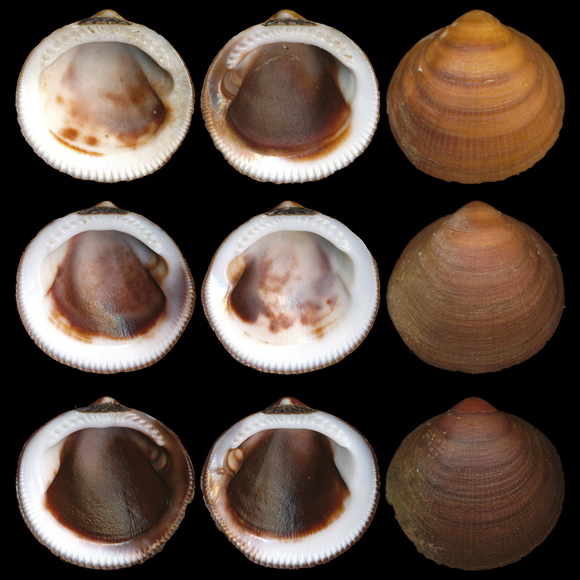
3-7m deep, near the first Posidonia meadows, Favone beach, between Solenzara and Porto Vecchio, SE. Corsica.
From top to bottom: 28-35-41mm. S. Pras legit (FR).
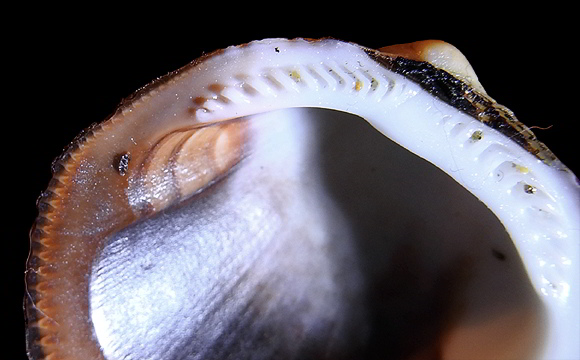
In pilosa, the marginal crenations are finer and much more numerous than in Gl. glycymeris, extending along the anterior and posterior margins, where they can often be detected even in front of the first lateral teeth – a feature that is never found in glycymeris.
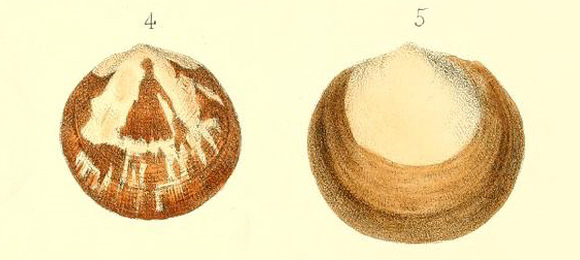
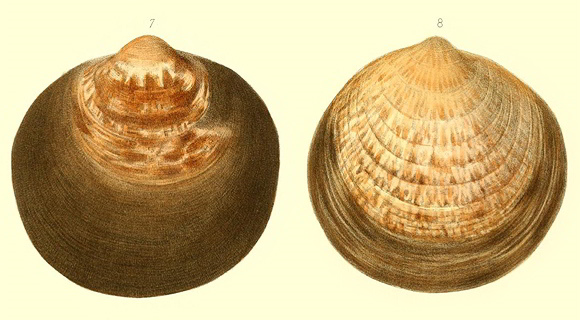
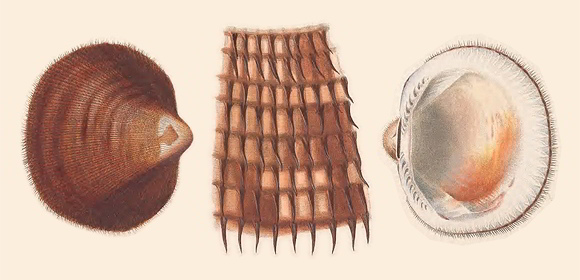
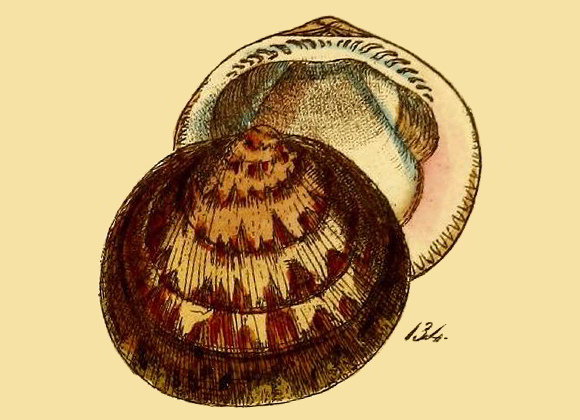
A conchological manual, London 1846.
« Shell from one to three inches in diameter, thick, strong and convex, quite round and exactly equilateral [locally exact, but many adult members of the whole genus can be strongly inequivalve], white or rufous, with zigzag red or purplish streaks disposed longitudinally, more or less clothed with a dark brown silky skin. » – W. Turton: Conchylia dithyra insularum Britannicarum, Cassel 1848. This picture and this description can illustrate the “pilosa” of N. Brittany.
